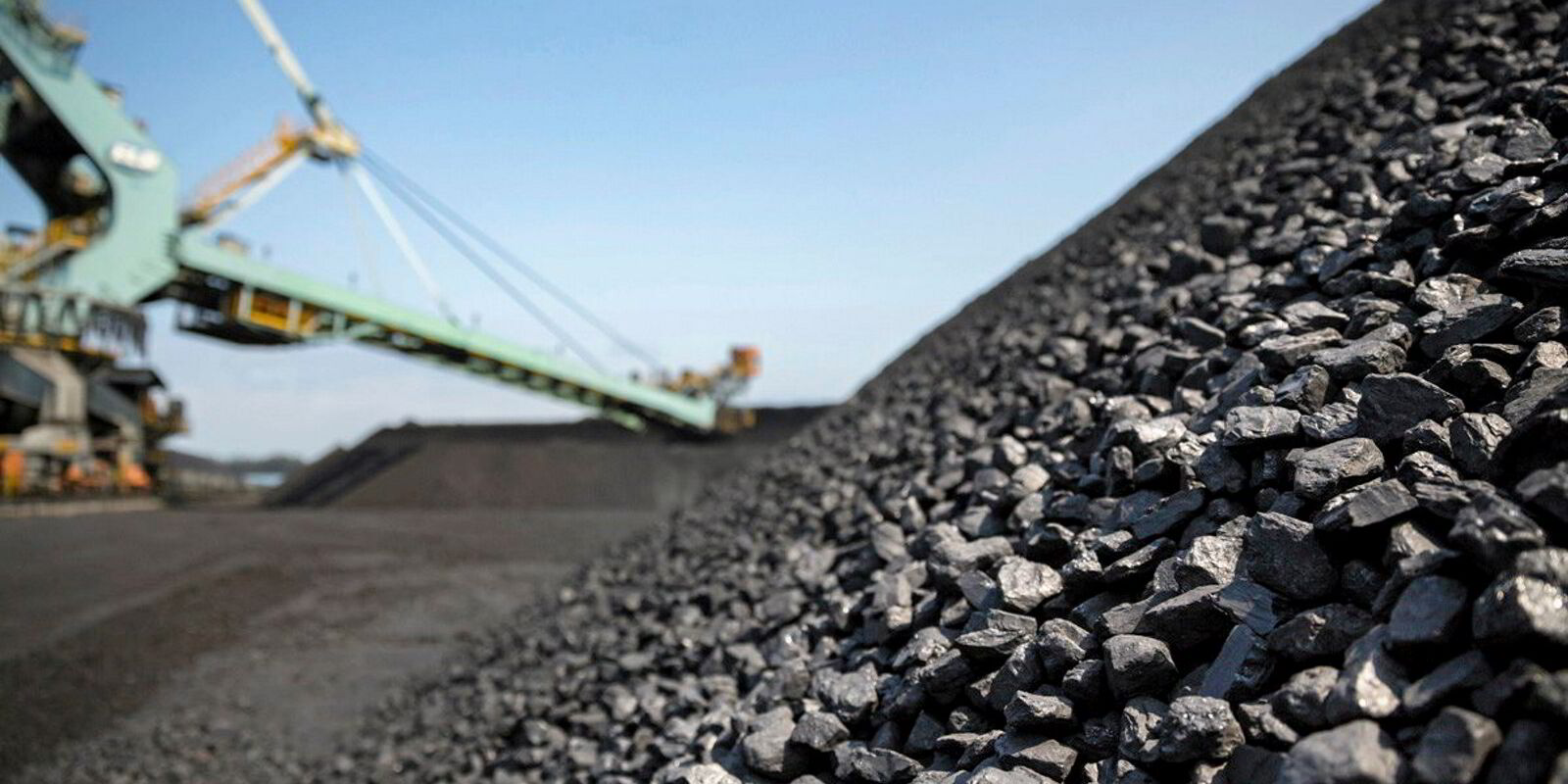The declining appetite for coal from advanced economies has led to concerns that 2024 could see a record low in shipments.
During the first 10 months of 2024, total coal exports to advanced economies fell 6% year on year, according to Bimco’s latest report.
Import demand weakened, particularly in Europe, where it fell 22% compared to the same period the previous year, as countries continued to decarbonise their electricity generation.
“At this rate, shipments to advanced economies will reach a 15-year low in 2024,” Bimco shipping analyst Filipe Gouveia said.
Seaborne coal imports to China are currently pegged for 308.7m tonnes in 2024, down from 374.5m tonnes in 2023, according to Clarksons.
Thermal coal shipments to advanced economies fell by 9% year on year as electricity generation from coal decreased, especially in Europe.
Seaborne thermal coal imports into Europe are forecast to hit 58.7m tonnes in 2024, down from the 72.5m tonnes seen in 2023, according to Clarksons.
In Asian advanced economies, thermal coal shipments fell 4% compared to the previous year, as higher temperatures increased electricity demand for air conditioning.
Meanwhile, coking coal imports in advanced economies rose 1% on the year, regardless of steel production marginally decreasing.
Coal slump to hit bulkers
“The volume loss so far in 2024 is equivalent to a 0.5% decrease in global dry bulk cargo, primarily affecting the capesize market. Despite this, global coal shipments have still risen, supported by strong shipments to emerging economies,” Gouveia said.
Panamax and capesize segments are used to ship coal to these economies, accounting for 53% and 33% of shipments, respectively.
Between January and October, cargoes on panamax ships only fell by 2% year on year, while dropping by 11% on capesizes.
The reduction in cargo volumes to Europe and a surge in capesize freight rates likely contributed to a comparatively higher use of panamax ships.
Currently capsize rates have risen by 40% over the past week, with the average on the Baltic Exchange hitting $22,835 per day yesterday; its highest level since mid-October.
Meanwhile, on the origin side, coal shipments from Russia, the US and South Africa fell by 18%, 10% and 34% year on year, respectively, while shipments from other exporters remained stable.
“Logistical challenges in Russia and South Africa limited exports, while the US increasingly exported to emerging economies amid weaker demand from Europe,” Gouveia said.
Looking ahead, both thermal and coking coal imports in advanced economies are expected to continue falling due to decarbonisation. Investment in electricity generation from renewables and in recycled steel production is expected to increase.
Gouveia said: “Import demand in emerging economies could also weaken soon.
“Both electricity generation from renewables and domestic mining in importing countries are on the rise. As decarbonisation efforts increase, global coal shipments are forecast to fall 1%-2% in 2025.”





